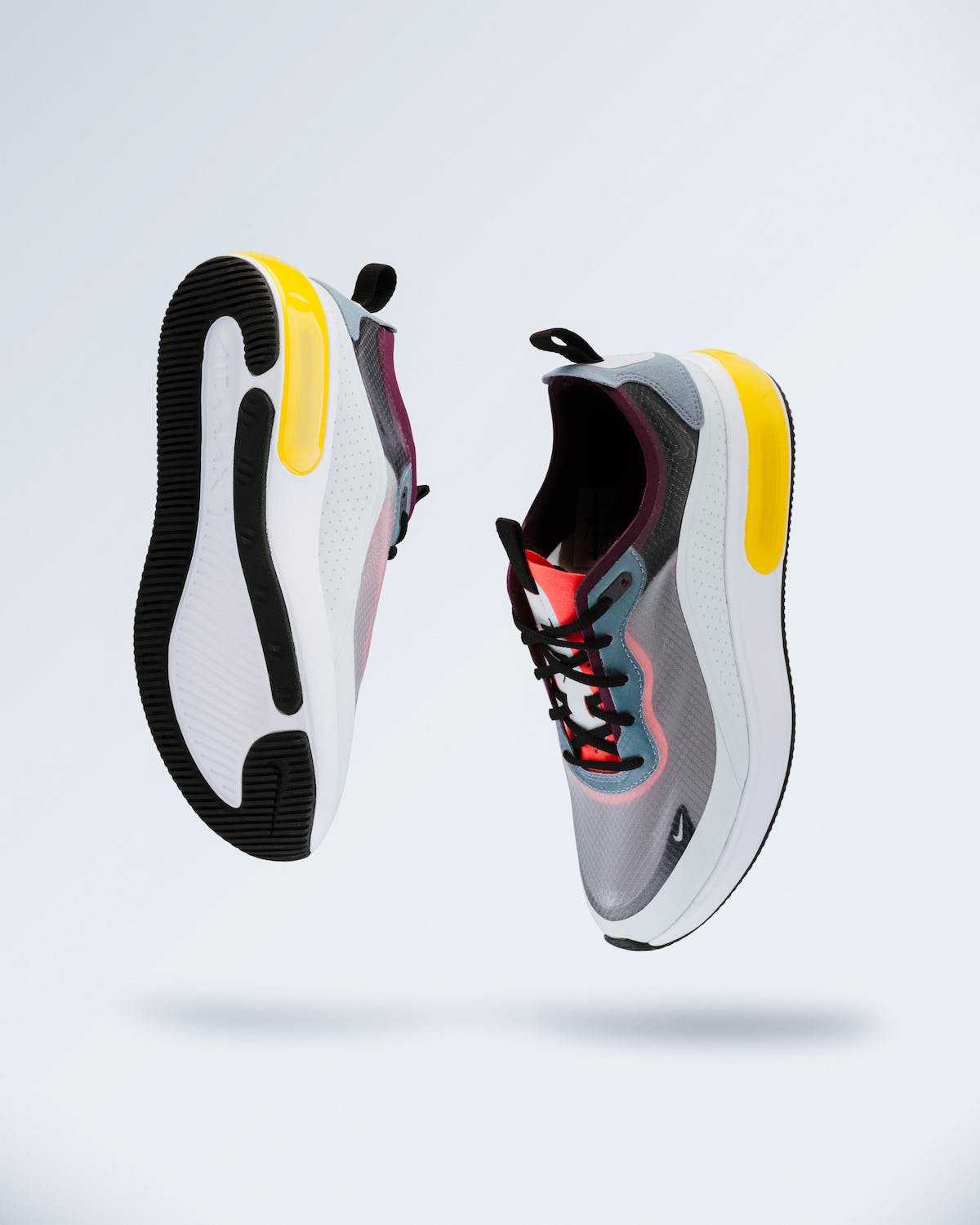
18 Apr A NEW AGE OF FOOTWEAR: THE FUTURE OF SHOES AND CLOTHING
The footwear industry continues to rock our socks (sometimes quite literally), managing to regularly and routinely innovative designs and technologies revolutionizing the way we think about shoes. As consumer demand continues to shift and evolve, the industry is adapting by developing new materials, production methods, and smart technologies to meet these needs. Wondering what’s involved in the future of footwear? Good deal – time for a brief run-through.
From the jump, as environmental concerns become increasingly prevalent, the footwear industry is shifting towards sustainable and eco-friendly materials. Brands are exploring alternatives to traditional materials, such as recycled plastics, bio-based materials, and plant-based textiles. These innovations not only reduce the environmental impact of footwear production but also meet the growing consumer demand for sustainable products.
For instance, companies like Adidas and Reebok have introduced shoes made from recycled ocean plastics, while others like Allbirds use natural materials like merino wool and eucalyptus fibers. These developments signify a shift towards a more sustainable and eco-conscious future for the footwear industry.
The rise of 3D printing technology is also skyrocketing, as it allows for a high degree of customization and personalization. As consumers increasingly seek unique and tailored products, 3D printing offers the ability to create custom-designed shoes that perfectly fit an individual’s foot shape and size.
This on-demand-built apparel also has the potential to reduce waste, as it eliminates the need for traditional manufacturing processes that generate excess material. This technology is already being utilized by brands like Nike, Adidas, and New Balance, who are developing bespoke performance footwear for professional athletes and exploring the possibilities of consumer-level customization.
The integration of wearable technology into footwear can’t be discounted either. Smart shoes, equipped with sensors and connectivity, can track various metrics such as distance, speed, and calories burned, providing users with valuable insights into their fitness and health.
In addition to fitness tracking though, smart shoes are also being developed for medical purposes, such as aiding in the rehabilitation process for those recovering from injuries or monitoring the foot health of diabetic patients. And these are just the beginning in terms of potential applications.
Footwear companies are increasingly focusing on improving athletic performance by applying biomechanics research to shoe design too. By understanding how the human foot moves and interacts with the ground, designers can create footwear that optimizes stability, support, and energy return.
Recent innovations in performance gear include energy-returning midsoles, adaptable cushioning systems, and specialized materials that provide enhanced traction and grip. These developments have the potential to improve athletic output, reduce the risk of injury, and increase overall comfort for wearers.
As e-commerce continues to dominate the retail landscape, footwear companies are leveraging virtual and augmented reality (VR/AR) technologies to enhance the online shopping experience as well. These technologies can be used to create virtual showrooms, allowing customers to explore products in a realistic and immersive environment.
Also, AR apps can enable consumers to virtually “try on” shoes, ensuring a proper fit before making a purchase. This not only improves customer satisfaction but can also reduce the number of returns and exchanges, benefiting both consumers and businesses alike.



